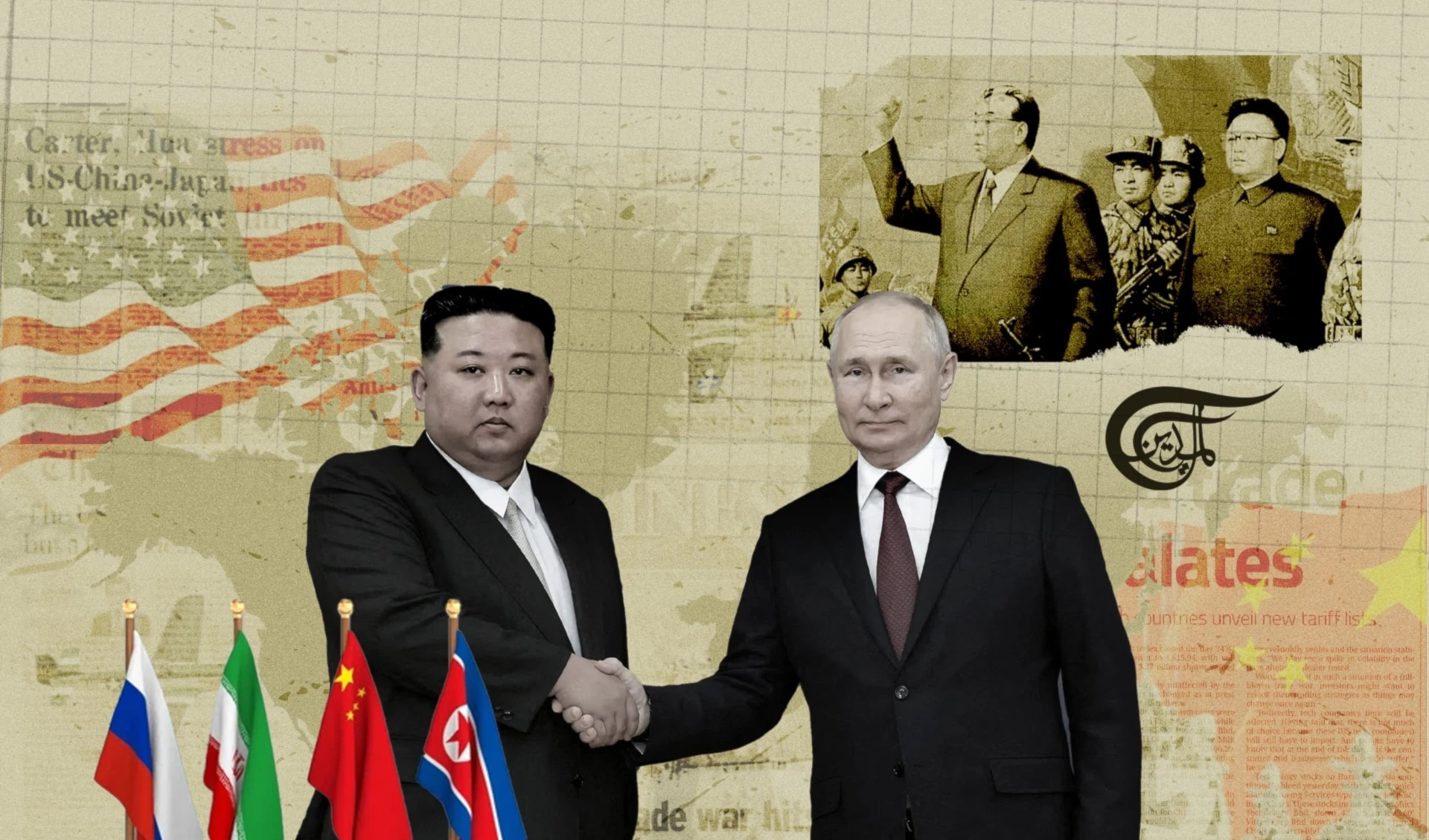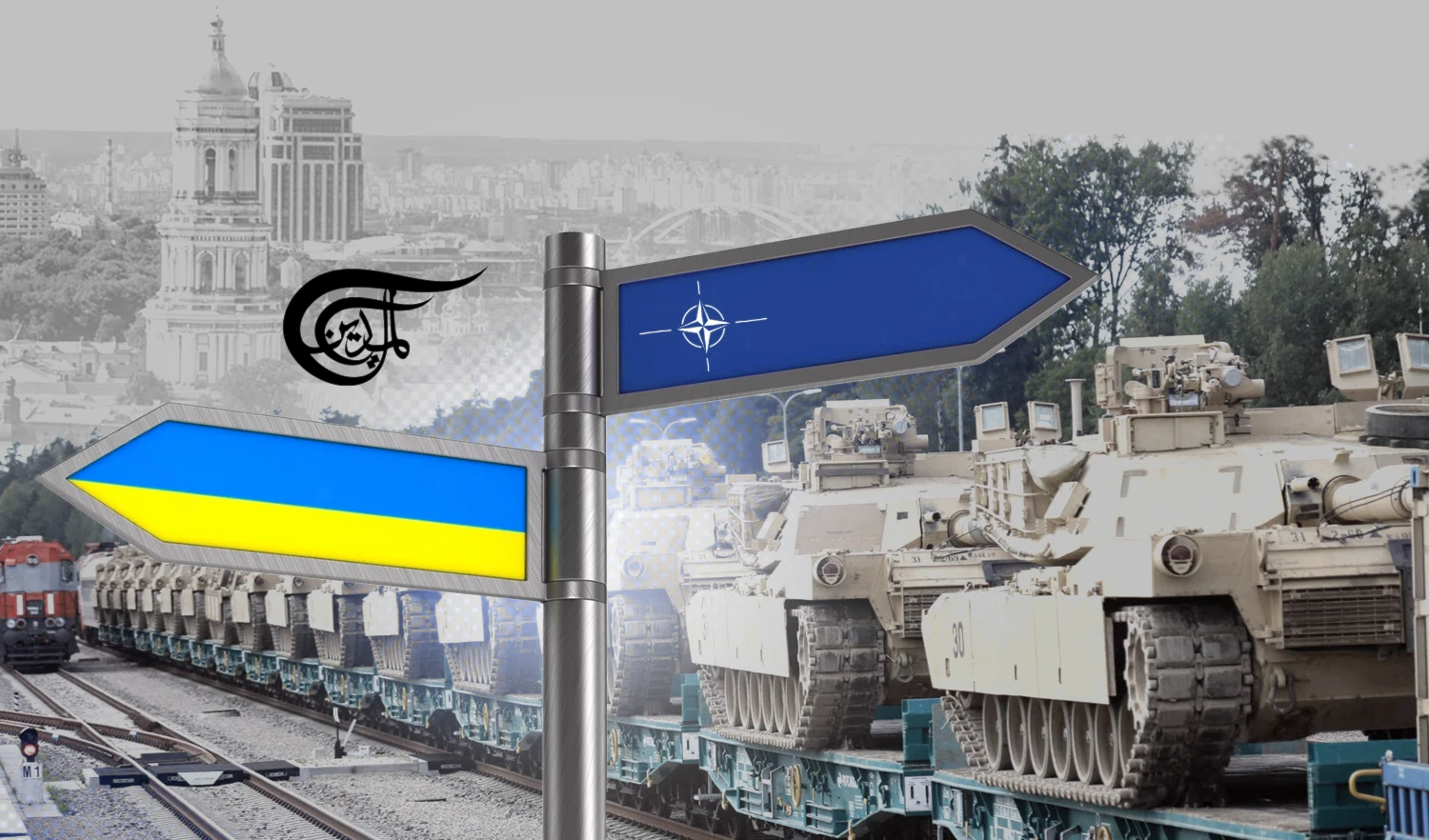The Greatest Enemy to the United States
Like the US, the DPRK is a political and military power that asserts the Strength-Is- Almighty theory.
-

In 1947, Truman, the then US president, had military bases set up across the world, aimed at containing the then USSR and seizing absolute supremacy in the world
To occupy the whole world, the US needs an enemy; it must find an enemy even though it means making it intentionally. Only then can it become the master of the world–this is what Theodore Roosevelt said during his stint in the White House.
Roosevelt and his successors have so far tried to materialize their strategy for world supremacy, fighting against their enemies, whom they both sought and made intentionally.
The US Becomes the “Sole Superpower”
The US, founded on the skeletons of Indians on July 4, 1776, launched an aggressive war after another and thus expanded its territory.
However, the US didn’t rest on its laurels. Its aim was to occupy the whole world.
Entering the 20th century it buckled down to realizing its ambition for world supremacy. Through the two world wars, the US gained a colossal amount of wealth and became the first nuclear-armed nation in the world. It seemed that no force on the earth could stand face to face with it. The greatest agony for the US after the end of the Second World War was to find a new enemy. “Threat from communism” emerged as its enemy now.
In 1947, Truman, the then US president, had military bases set up across the world, aimed at containing the then USSR and seizing absolute supremacy in the world.
Four months after Truman made public the Truman Doctrine at the US Congress in March 1947, the head of the Policy Bureau of the State Department submitted an article, in which he advanced the theory of blockade. The article, reflecting the Truman Doctrine, served as the buttress of the Cold War policy of the US.
This marked the beginning of the Cold War between the US and the USSR, which in turn gave rise to a spate of fighting and conflicts for the expansion of a sphere of influence in different parts of the planet. Later, with the December 1991 collapse of the Soviet Union, the US emerged as the sole superpower in the world with no rivals to challenge its supremacy.
Some years ago, a public lecture was held at the New America Security Centre in Washington. At the lecture, the deputy secretary of Defense stressed that NATO member states should make a greater investment in developing weapons of new types to cope with the “threat” from Russia and China. He continued that as Russia and China were stepping up military modernization, the military and technical superiority of the US forces was gradually being impaired. Truly, Russia, successor to the USSR, had strived to regain the position of a global power, and China had learned that its existence would be guaranteed by strength and accelerated arms build-up. Now the US has to cope with two enemy countries.
It has imposed sanctions against Russia on the excuse of the latter’s annexation of Crimea and the events in Ukraine. It is accelerating the deployment of the missile defense system in Europe. On the other hand, in pursuit of its India-Pacific policy, it has designated China as its greatest enemy in the region and is trying its best to isolate this country in the political, economic, and military aspects.
Both during the Cold War and the subsequent days, when the showdown between Russia and China on one side and US on the other reached the extreme in the political, economic, and military spheres, a new enemy of the US emerged–the DPRK, seemingly not a rival to the US in terms of territory, population, the economy, and military.
Like the US, the DPRK is a political and military power that asserts the Strength-Is- Almighty theory.
In the past, Korea was so weak that it was a field where great powers contested to exert their influence, and, in the end, it was militarily occupied for scores of years by Japan. And, it had to fight a war unleashed by the US. In the course of this, it came to realize that the only way to defend itself was to build up its strength. Even though its economic life was not so good, it advanced the line of simultaneously developing the economy and defense industry in the 1960s. In the 1980s it possessed military capability to be reckoned with in the world as well as in Asia. In the end of last century, the collapse of the world socialist system, death of President Kim Il Sung, natural calamities that hit the country for several consecutive years and the following intensive isolate-and-stifle schemes by the US and its vassal forces seriously threatened the destiny of the DPRK.
The US put the DPRK on the list of targets for a nuclear preemptive strike and attempted to stamp out this country by enlisting means of nuclear war. Convinced that the only means with which to confront the nuclear-armed opponent was to possess a nuclear deterrent, the DPRK opted for possessing nuclear weapons and building up its nuclear forces by relying on its own technology and resources.
At the beginning of this century, it became a nuclear state and now possesses H-bomb joining the club of nuclear-armed nations. It is now capable of striking the US mainland at any time and at any place – land, air, sea, and underwater. A researcher at Johns Hopkins University, who had once worked as an officer in charge of north Korean affairs in the State Department, commented: If north Korea advances at the current pace of nuclear development, it can build 100 nuclear weapons at the maximum. It is expected that it can possess 20 or 30 ICBMs that can reach the US mainland.
A professor of politics at Yale University said: North Korea is a nuclear nation with a wise political and military strategy needed for resorting to arms. If he were a reasonable US leader, can he dare fight a war against north Korea even though he knows that Pyongyang may launch missiles tipped with nuclear and chemical warheads well before the US aircraft could reach Pyongyang for air strike?
The DPRK is the greatest enemy to the US, as well as the only country that can overpower or overthrow the US.

 Kim Hoon
Kim Hoon
 6 Min Read
6 Min Read











